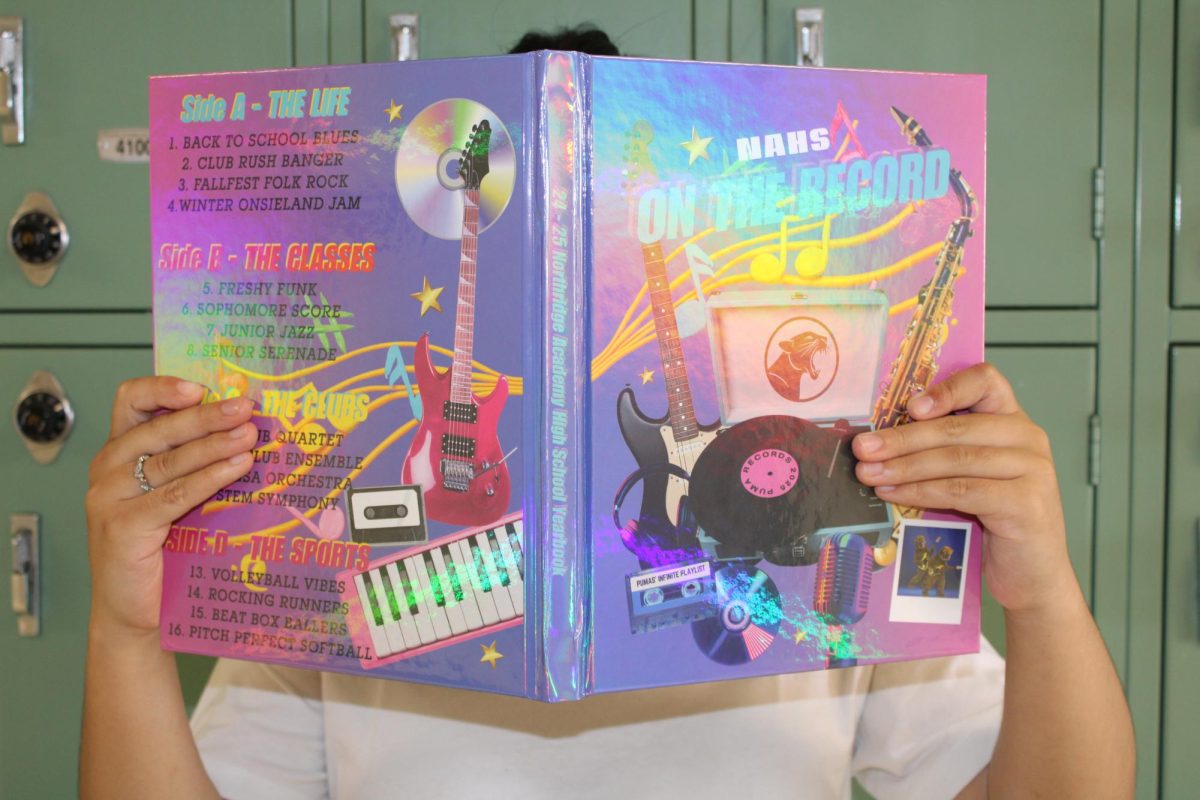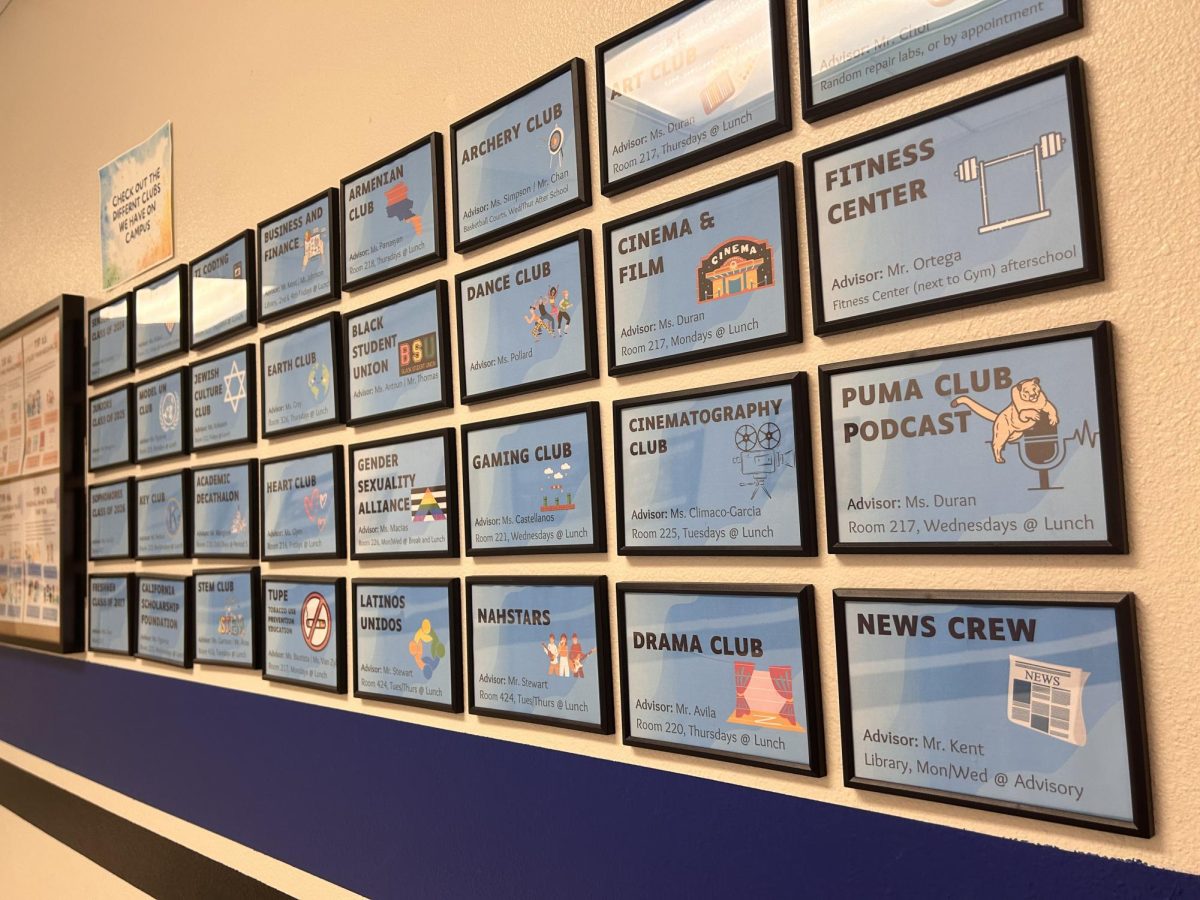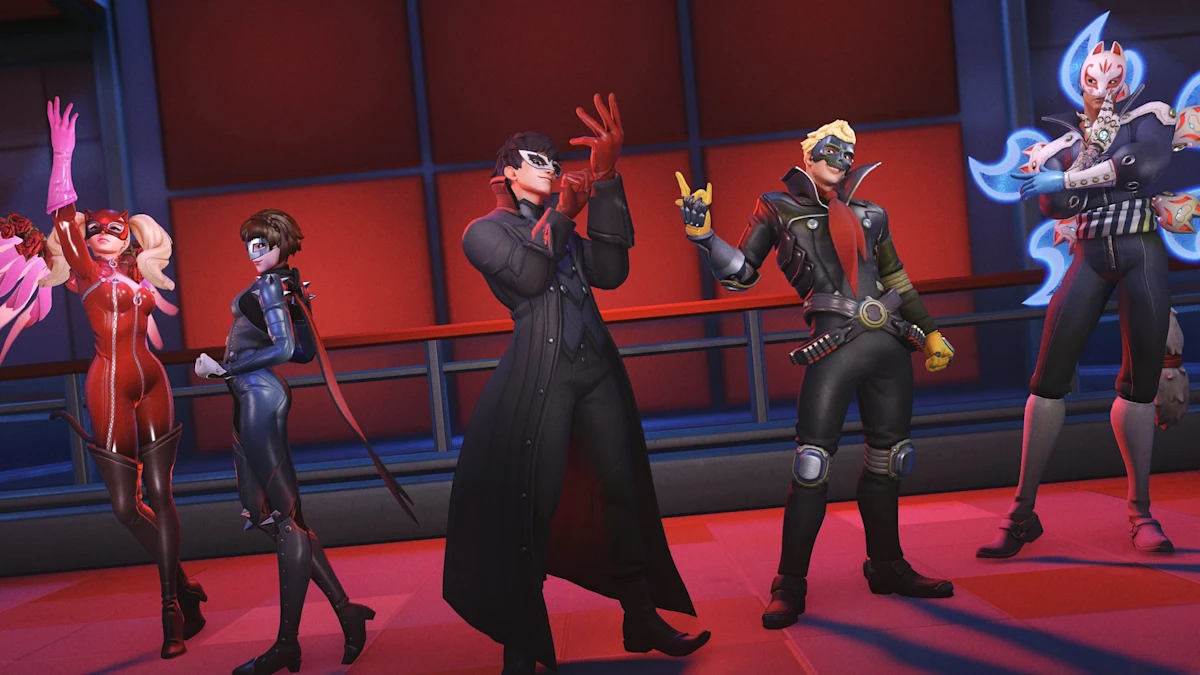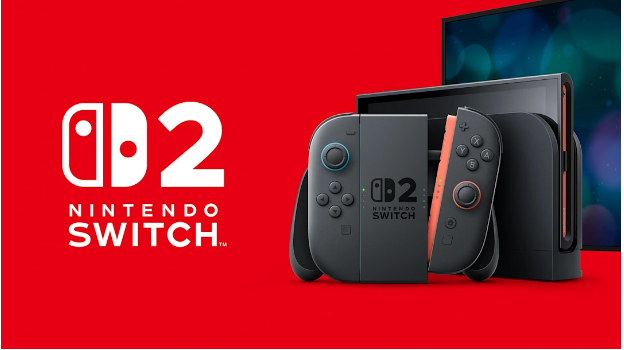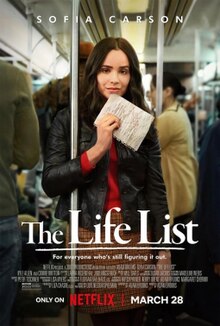Since its initial announcement at E3 (annual gaming convention) of 2014, the game Cuphead has excited the minds of video game players everywhere. From the classic cartoon style and music, the game seemed to evoke feelings of nostalgia for a time in the distant past. Its production was no small feat either. The studio responsible, Studio MDHR, was a tiny group founded by brothers Chad and Jared Moldenhauer who had come up with the games concept and led its development . Through interviews about the game with Gamesradar+ it was made clear that this game to them, was a work of sheer passion; “My brother and I quit our jobs, remortgaged our houses and began expanding the team”. Since its long awaited release in 2017, Cuphead has gone viral on apps such as YouTube for its notoriously difficult and often rage-inducing game play. I took it upon myself to complete the game to give it a proper rating. So, how good is Cuphead?
Plot
Set in the prohibition world of the 1920s, Cuphead follows its titular character, along with his brother Mugman (who is only playable when you are playing Co-op). From the game’s initial opening we are shown a short art sequence, depicting the two brothers on a gambling tear in a casino, when suddenly they are challenged by the main antagonist, The Devil. Against the Devil, Cuphead and Mugman lose their streak on the craps table and with it, their souls. To repay their debts to him they are tasked with collecting “soul contracts” from other debtors in exchange for their lives back. The plot being introduced in this sequence really sets the tone for the rest of the game; both the classic animation style and the slightly darker and mature themes harken back to the time of classic cartoons like Steam-Boat Willy and Out of the Inkwell. I found the game’s story to be playful and fun, not bogged down by excessive complexity allowing for the simplicity of the game’s concept to shine through.
Rating: 8/10
Music/sound design
Music is ubiquitous in cuphead, a crucial part of the game’s experience and the influence that 1920s big band, blues, and jazz had on this soundtrack is loud and clear. Upon opening the game the player is greeted with a quartet group style tune, putting that opening sequence into song form. With most games it’s common to immediately click past the home screen, but this paired with art of Cuphead and Mugman made it surprisingly enjoyable. For the first time I found myself staying on the home screen for a bit when I played. Beyond that, each character was fit, each with their very own theme. Each boss level track injects intensity into each level as heard in the fast tempoed “Botanic Panic” while having creative details fitting to their respective character as well such high pitched piano in “Threatening’ Zeppelin”, evoking a sense of flight. In my opinion the music was one of the highlights of the game overall, adding another layer of immersion into the theme.
Rating: 10/10
Art style

Cuphead’s art style is the most notable thing about the game by far, acting as its major selling point since its first trailer. The game features an art style heavily inspired by the cartoons of the 1920s, employing a classic rubber hose design to each of their characters. According to the creators of the game (via interview by Gamesradar+) the style draws its inspiration from classic animations made by Walt Disney and Fleicher studios, responsible for classics such as Steamboat Willy and Betty Boop. Each frame of the characters was hand drawn, employing the original animation techniques. The back grounds during each level were stunning, made up of either hand painted or modeled works. The careful attention to detail even in the background is stunning and alludes to the care put into the game as a whole. The unique style was taken a level further with its character design. From the simple and playful designs of Cuphead himself to the imposing boss characters The art style did a fantastic job of conveying both sides of the spectrum. My personal favorite designs being that of Werner Werman (a rat that rides around in a tin can car), and Hilda Burg (a flying zeppelin character who’s name is a nod to the Hindenburg disaster).
Rating: 10/10
Gameplay
If there is one thing people associate with Cuphead beyond its art style, it is the grueling difficulty. The game features a “boss rush” style system, meaning that the majority of the levels are boss fights leaving only a few platforming stages. The game basically guarantees that the average player will spend a handful of attempts on each stage. But Cuphead’s difficulty wasn’t a bug but a feature; when you find a well by the name of “Quadratus” tells you the exact amount of times you have died, that number usually being one much larger than you probably expect. Personally I found myself stuck on several levels, but it made finally getting past them all the more satisfying. There was never a point I truly felt it was impossible to win, so the challenge added to the fun. Cuphead also allows you to add upgrades to your weapons or boost your health, meaning you can change them based on the boss fights.
Rating: 9/10
Overall
upon playing Cuphead it is apparent that its development was a labor of love. The game is an experience like no other, filled to the brim with care and attention to detail. In my opinion it is a testament to the quality that can be achieved from indie gaming as a whole, a piece that is perfected by a passion for the art form as well as the material that inspired it. In a world full of boundary pushing high realism games, Cuphead was a refreshing and innovative take on the 2D genre.
Overall Score: 9.2/10












